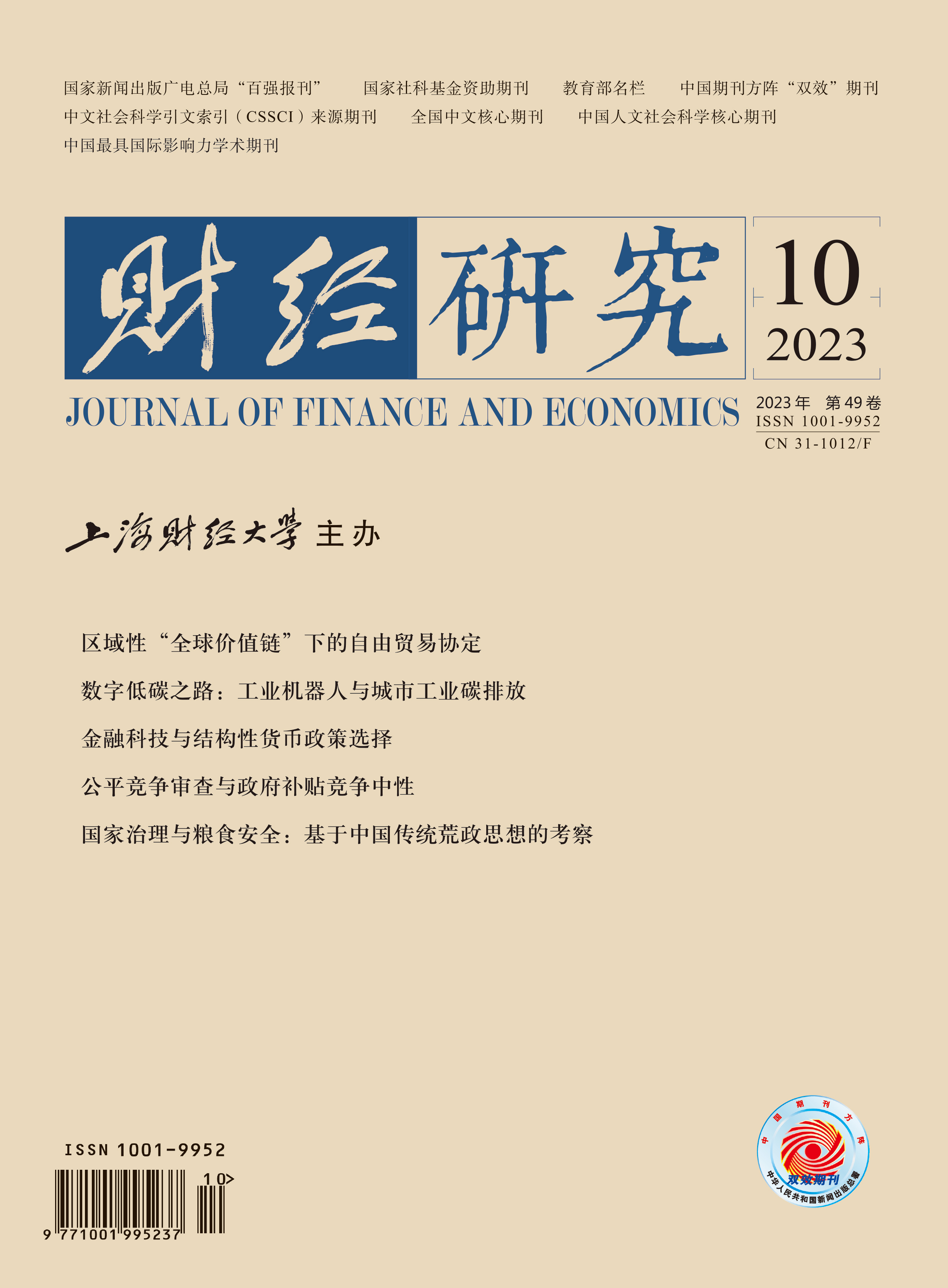As a typical representative of the digital economy, Fintech continues to focus on key areas and deeply cultivate inclusive finance for micro and small businesses to drive the high-quality development of China’s economy. Financial disintermediation triggered by Fintech has posed an important challenge to the development of traditional financial institutions, profoundly affecting the financial market pattern and monetary policy transmission mechanism. At the same time, structural monetary policies such as targeted RRR cut have become important tools to ease the mismatch of resource structure and the financing constraints of micro and small enterprises, positively encouraging commercial banks to provide better financing services for inclusive micro and small fields. So, can Fintech innovation and development collaborate with such structural monetary policy credit guidelines to build a long-term mechanism to serve micro and small enterprises? At present, the academic community has not formed a unified view on the impact of Fintech on monetary policies, and this kind of research mainly focuses on aggregate monetary policies tools.
The results show that Fintech reduces the credit dependence of micro and small enterprises on the targeted RRR cut policy. This inhibiting effect is mainly manifested in the fact that Fintech reduces the supply of bank loans by changing the structure of bank debt and risk-taking, and weakens the credit transmission mechanism of monetary policies. In addition, the impact of Fintech on the targeted RRR cut policy is heterogeneous, especially in micro and small enterprises with low internal cash flow and in the growth stage. Under the condition of abundant financial resources, Fintech plays a more important role in the competition of targeted RRR cut policy. In the case of insufficient financial development, Fintech is more likely to reduce the dependence of micro and small enterprises on the targeted RRR cut policy.
The marginal contributions of this paper are that: First, taking the targeted RRR cut policy as the entry point, it uses the DDD model to explore the interaction between Fintech and structural monetary policies, which expands and enriches the research on the effectiveness of structural monetary policy regulation in the context of the digital economy, and provides empirical support for optimizing structural monetary policies. Second, combining the credit mechanism theory of monetary policies, it identifies the transmission path of Fintech affecting the targeted RRR cut policy, which provides substantive evidence for clarifying the interaction mechanism between them, and is conducive to promoting the benign interaction and coordinated development of Fintech and structural monetary policies. Third, from the perspectives of enterprise characteristics and external market environment, it explores the differential impact of Fintech on the targeted RRR cut policy, which provides a theoretical basis for further strengthening credit support and promoting the coordinated development of Fintech and structural monetary policies.





 5934
5934  7697
7697

